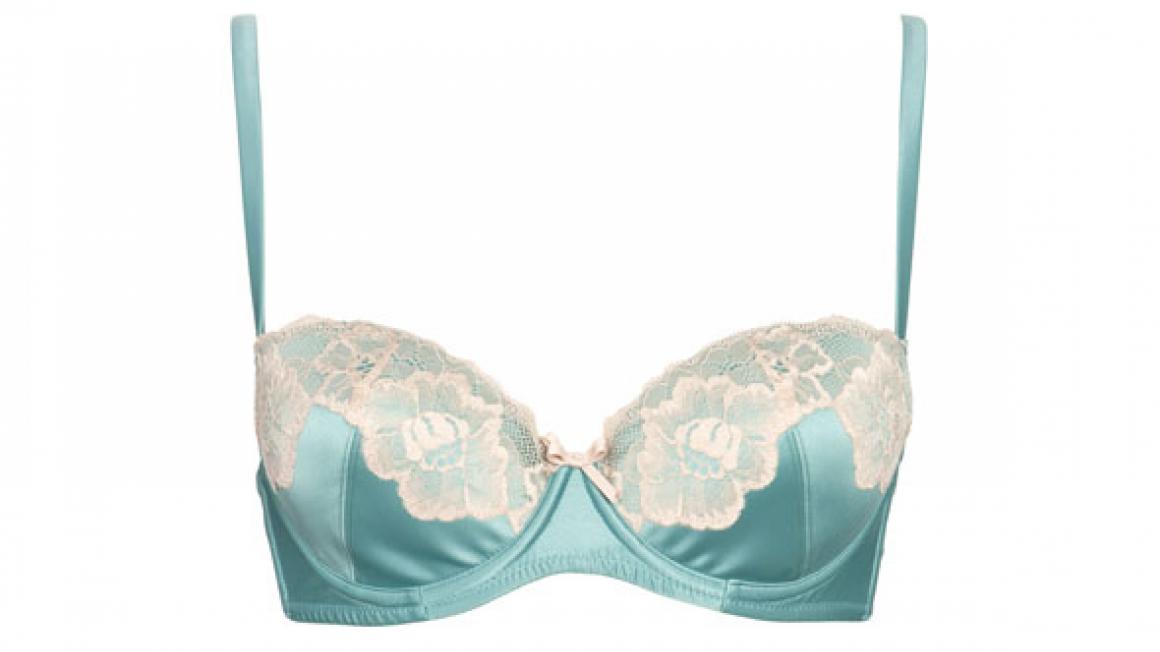The good boob guide
Advances and improvements in breast implants and surgical techniques have made the procedure more and more reliable, but it is important to know the facts.
The breast prosthesis
All breast implants are a silicone bag filled with either saline (essentially water with added salt) or silicone gel. The surface of the implant may be smooth or rough (textured), or covered in polyurethane.Breast implants are surgical devices and although now closely regulated and tested, they are not perfect and do not last forever. They will create scar tissue (at the skin incision and around the pocket) and require maintenance at some stage. The length of time before maintenance is required is highly variable but all patients should expect to have further surgery in the future, either to replace an implant that has worn out or on breasts that have changed (as they do with the passage of time and events such as pregnancy).
The prosthesis shell
Modern silicone implant shells, or elastomers, have to undergo stringent testing by the European and American Regulatory Authorities for minimum standards of strength, durability and diffusion. Also tested is how much movement, pressure and creasing the prosthesis can withstand.The elastomer is made with several layers, the best analogy being plywood. Typically, there are five layers, one of which has a special fluorinated treatment. This acts as a ‘barrier’ layer to specifically limit the leakage or ‘bleed’ of gel silicone through the wall of the prosthesis.
One of the problems with any foreign material inserted into the human body, including breast implants, is formation of a fibrous capsule of scar tissue around the implant. Because breast implants are not rigid (unlike metal joint replacements, for example), if the scar tightens then it can deform them. Surgeons know this as ‘capsular contracture’ but it is described more accurately on the internet as ‘hardening’ but also, inaccurately, as ‘rejection’. Despite many decades of vigorous study, we still do not fully understand capsular contraction but the incidence has been markedly reduced from about 50 per cent to between five and 10 per cent today.
Silicone gel fillers
All silicone gels are ‘cohesive’, indicating a degree of stickiness, but some are more cohesive than others. There are two basic types: a liquid and semisolid, cohesive silicone gel. While the former can be poured, the latter is able to retain its shape even with a ruptured shell, but is a little firmer.The latest, fifth generation of highly viscous silicone (known as ‘form stable’) has other advantages. In addition to providing a shape to the implant they also provide some resistance to capsular contracture and in cases of rupture the silicone is less likely to migrate. Removal after rupture is much easier with a cohesive gel than a liquid gel implant.
Cohesive gel implants can be round or anatomical in shape. Round implants are designed on a round base and when properly filled, create a rounder appearance in the breast, with a fuller upper breast. If the implant is placed under the muscle, we can create a more natural-looking breast because the top half of the implant will be compressed more than the bottom half.
However, if the implant is underfilled (more likely to occur with salinefilled prosthesis), then shell folding and wrinkling can occur, more likely leading to implant rupture.
This also means that the dissected pocket must be the right size for the implant. If an implant is squeezed into a pocket where the base is too small there will be an infolding of the implant wall right from the word go, which will lead to an increased risk of rupture. With anatomical implants, if the pocket is too large then the implant is free to move within the pocket and in the early stages may rotate or even flip over.
Anatomical-shaped implants are shaped like a natural breast and some refer to anatomic implants as teardrop implants.
Anaesthesia
Many women coming for breast augmentation will have concerns regarding the anaesthetic that they will receive, possibly because it is their first time or they may have had a bad experience in the past. Your anaesthetist is a doctor who will have undertaken five to eight years’ further training after qualifying. He/she will visit you before the operation and it is a good idea to write down any questions you may have before your preoperative visit. Your anaesthetist will spend time discussing with you the options available before you decide together on the best way to manage the anaesthetic and control the pain after surgery.Modern anaesthesia is generally very safe; however, to ensure that the best possible care is provided, it is important that you complete and return a health questionnaire before you arrive at the hospital.
The anaesthetic is an integral part of the operation. Your anaesthetist will see you for an assessment before the operation and remains with you throughout the operative procedure. He/she will make sure that you are comfortable and not in pain after the operation.
Get to know your breasts
Ensure that you are familiar with your breasts. If you are not already doing so – and it is important for all women to check their breasts for abnormalities – you should perform breast self-examination each month just after your menstrual period or on the first day of each month after the menopause. This allows you to get used to the texture and feel of your breasts with any normal lumpiness; you will then have a good idea of what is part of you and your normal variation before surgery.Equally important is the fact that you should note any asymmetry in your breasts and chest wall before surgery. No woman’s breasts are perfectly identical and preoperative asymmetry is frequent – for instance, a nipple-areola complex (NAC ) may be a little lower on one side than the other. It is important to understand that there is a great degree of variation in what is considered ‘normal’.
Miles G Berry MS, FRCS (Plast) and Dai Davies FRCS have several decades of experience in breast surgery between them and are the co-authors of The Good Boob Bible (John Blake, £7.99). Miles G Berry is the lead plastic consultant for Simply Better Breasts and Dai Davies is an advisor to the Medical Protection Society.
Simply Better Breasts is happy to answer any patient enquiries: 020-7486 6778.
Picture: Collection by John Lewis Louisa Balcony Bra, Seafoam



